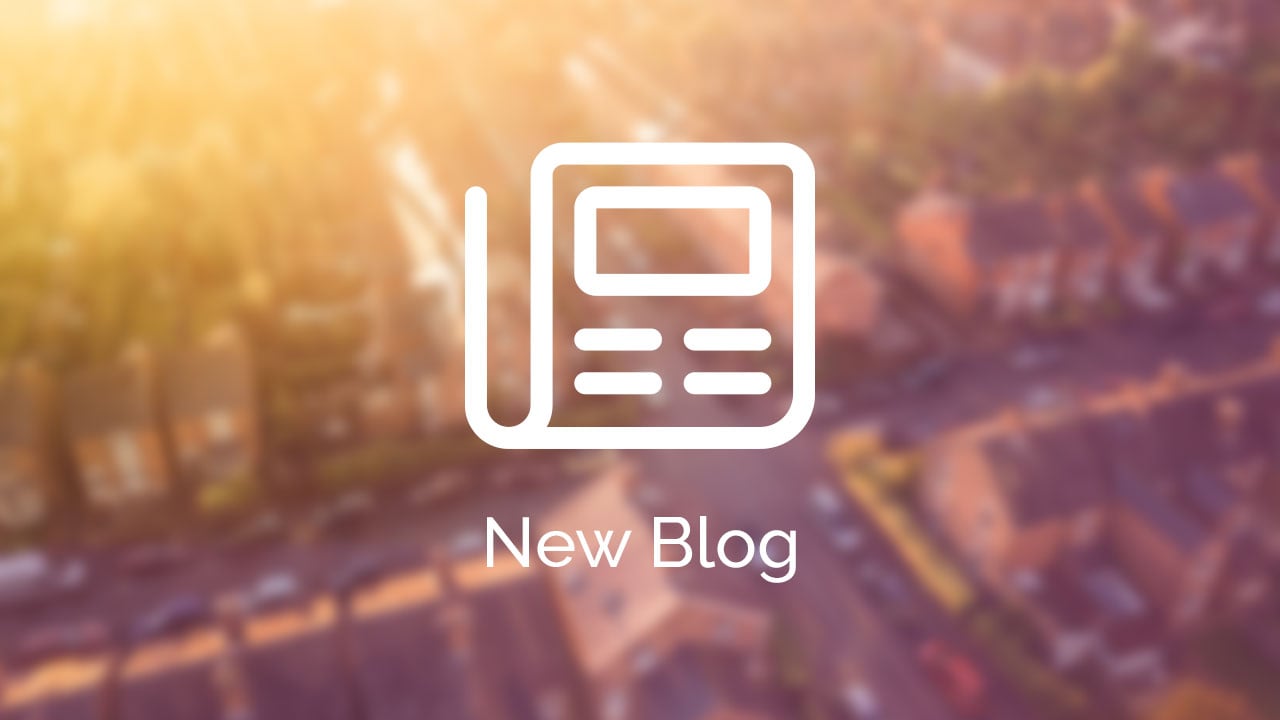How to clean a central heating system
If your radiators have cold patches at the bottom and you need to bleed them more regularly or your central heating system is making more noise than usual, be sure to tell your Gas Safe registered heating engineer when they come to give your boiler its annual service.
Your heating engineer can test the water in your system to see if it needs cleaning out completely or treating with chemicals. Then they can advise you of the best treatment for your system, there are a number of different water treatment methods that you can discuss with your installer.
- Powerflushing – a powerflush is a cleaning process that removes sludge, rust and debris from the pipes and radiators in your heating system. If left, the sludge can cause corrosion and blockages, which can lead to boiler breakdowns. If the system is clean, the boiler will work more efficiently and radiators will heat up more effectively. Your installer should carry out a powerflush on your heating system before they fit a new boiler, otherwise all the debris that is dislodged could block the narrow tubes inside.
- Inhibitor – once the heating system has been cleaned, it should be treated with an inhibitor to protect it and prevent further corrosion. If your central heating system is drained down, for example when removing a radiator to decorate a room, the inhibitor should be replaced.
- System filter – a system filter should be fitted in your heating system as part of a Best Practice installation. It will collect magnetic and non-magnetic debris in the system water, before it enters the boiler.
- Limescale prevention – in hard water areas, Part L of the Building Regulations recommends that the cold water mains supply is treated with a scale prevention device, especially for combi boilers with take in water direct from the mains and heat it. This will ensure the limescale does not build up and block the heat exchanger in the boiler.
Benchmark checklist
When your installer has finished installing your boiler, they need to complete the Benchmark checklist to comply with the terms of the boiler’s warranty. This includes making a note of the water treatment they have carried out.
When you have your boiler serviced, your installer should also check to make sure the water in the heating system has still got the right amount of inhibitor and clean the system filter.
How to bleed a radiator in 8 simple steps
Sometimes you may notice a cold patch at the top of your radiators, or they may make a noise when they are warming up.
How to bleed a radiator
In this self help video we show you how to bleed a radiator.




